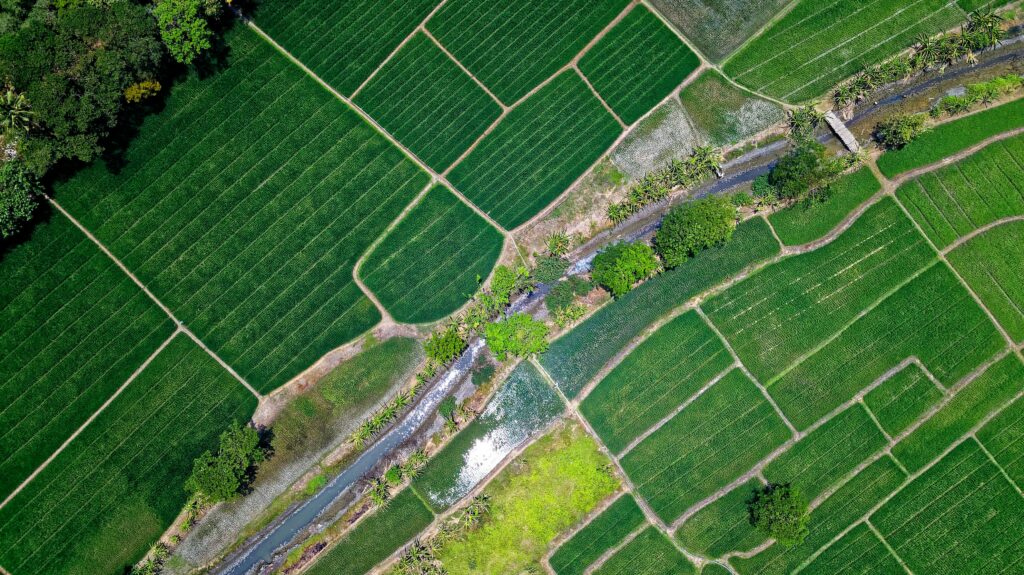In the annals of climatic history, one year stands out as an enigmatic anomaly that sent shockwaves across the globe. The year 1816, often referred to as the “Year Without a Summer,” remains an unparalleled chapter in meteorological records. This perplexing event, characterized by unseasonably cold temperatures and unusual weather patterns, had far-reaching consequences on agriculture, society, and even art.
The genesis of this atmospheric conundrum can be traced back to the eruption of Mount Tambora in Indonesia in 1815, one of the most powerful volcanic eruptions in recorded history. The colossal explosion spewed an immense volume of ash and sulfur dioxide into the stratosphere, creating a veil that shrouded the Earth and significantly impacted its climate.
As the particles lingered in the atmosphere, they acted as a colossal sunshade, blocking sunlight and preventing its usual warmth from reaching the surface. This unprecedented phenomenon caused a drop in global temperatures, leading to widespread crop failures and food shortages. The consequences were profound and reverberated across continents, particularly in the Northern Hemisphere.
In North America, the effects of the cooling anomaly were stark. The summer of 1816 saw snowfall in June and frost in July, decimating crops and causing widespread famine. Farmers, unaccustomed to such harsh conditions, struggled to adapt to the abrupt changes in climate. The chilling temperatures prompted a surge in migration, as families sought refuge in more temperate regions.
Similarly, Europe bore witness to the harsh realities of the “Year Without a Summer.” Crops failed, and food prices soared, triggering widespread social unrest. In Switzerland, where temperatures plummeted, Mary Shelley, inspired by the gloomy and introspective atmosphere, penned her iconic novel “Frankenstein.” The climatic upheaval not only left its mark on agriculture but also on the creative minds of the era.
The impact of the 1816 anomaly extended beyond the realms of agriculture and literature, seeping into the cultural fabric of society. Art reflected the prevailing sense of foreboding and despair that gripped communities. The vivid sunsets painted by renowned artists like J.M.W. Turner during this period were a manifestation of the atmospheric conditions, showcasing the surreal hues caused by the volcanic particles scattering sunlight.
Scientific inquiry into this peculiar climatic event burgeoned in the aftermath of the “Year Without a Summer.” Researchers delved into the intricacies of volcanic-induced climate change, seeking to understand the mechanics of how a single eruption could alter the global weather patterns. This curiosity laid the groundwork for modern climate science, as scientists began to unravel the complexities of Earth’s interconnected systems.
The legacy of the 1816 global cooling anomaly extends to our present understanding of climate change. While the circumstances leading to the cooling were natural, the repercussions underscore the fragility of our climate system. As we confront contemporary challenges posed by anthropogenic activities, the “Year Without a Summer” serves as a poignant reminder of the profound and far-reaching consequences that alterations to the Earth’s climate can unleash.
In conclusion, the tale of the 1816 global cooling anomaly is a testament to the intricate dance between the forces of nature and their impact on human civilization. This climatic anomaly, born from the depths of Mount Tambora, serves as a historical milestone that shaped not only the course of meteorology but also the fabric of society, art, and science. The echoes of the “Year Without a Summer” reverberate through time, urging us to tread lightly on the delicate balance of our planet’s climate.










